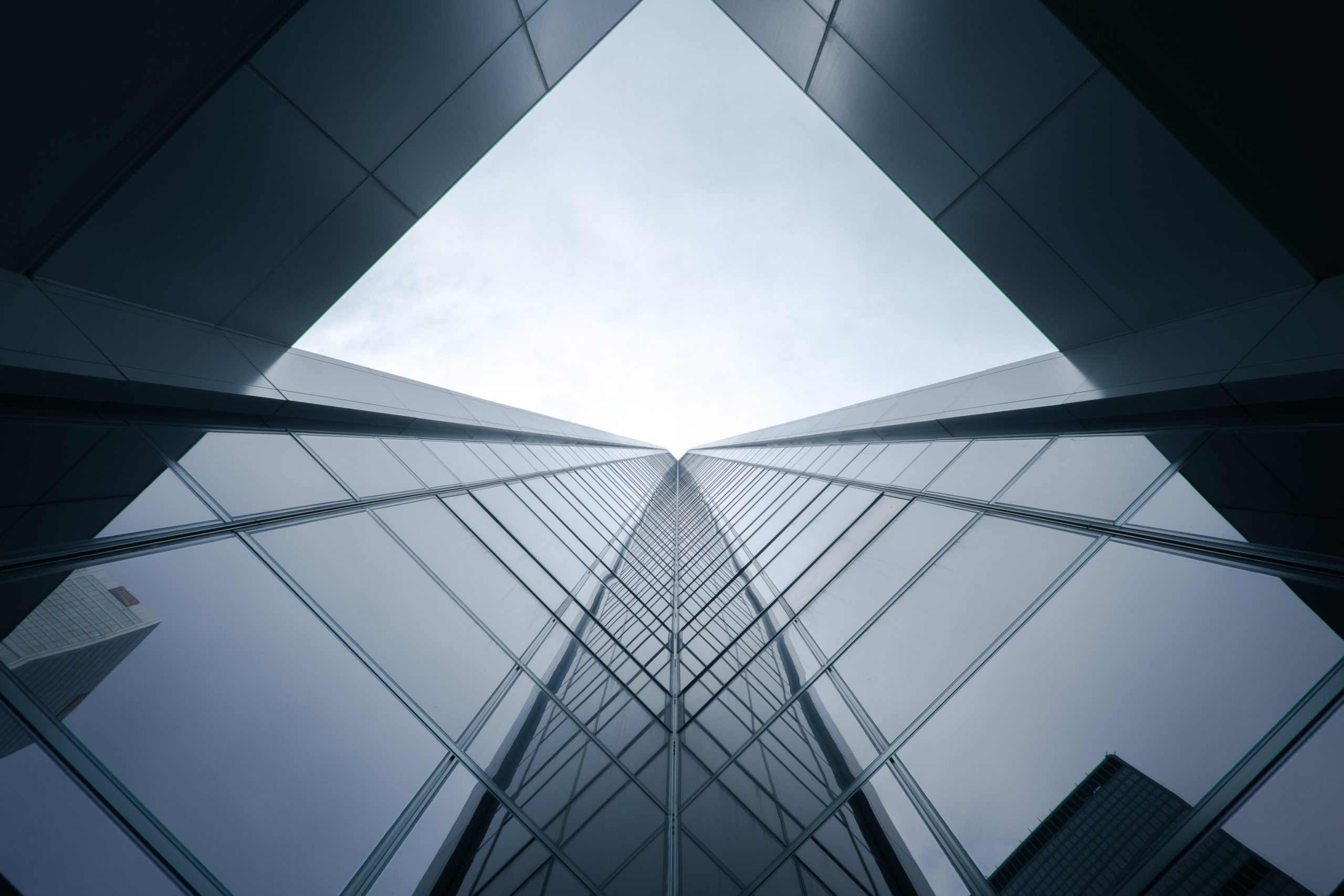Tesla, the world’s leading electric vehicle manufacturer, is putting its money where its mouth is. Recently, the company announced that it has invested $5 billion in new manufacturing equipment for its battery factory in Nevada. This massive investment signals the company’s commitment to ramping up production of its electric vehicles and batteries at an unprecedented rate. In this article we’ll explore what this investment means for Tesla, and how it could impact the future of manufacturing. We’ll look at why Tesla made this move, what types of technology are included in the new equipment, and more.
Tesla’s new battery factory
Tesla’s new $5 billion battery factory in Nevada is now operational. The Gigafactory is one of the largest lithium-ion battery production plants in the world, and it is key to Tesla’s plans to mass-produce electric vehicles.
The Gigafactory was designed to increase the production of lithium-ion batteries so that Tesla could scale up production of its electric vehicles. The factory is currently producing batteries for the Model 3, Tesla’s first mass-market car. The company plans to produce 500,000 cars per year by 2018, which would require a significant increase in battery production.
The Gigafactory is a joint venture between Tesla and Panasonic, and it represents a significant investment by both companies. Panasonic is supplying the lithium-ion cells for the batteries, while Tesla is responsible for the rest of the battery pack assembly. The factory will eventually be able to produce more than 100 GWh of batteries per year, which is enough to power over 500,000 cars.
The Gigafactory is an important part of Tesla’s plans to accelerate the transition to sustainable transportation. By mass-producing electric vehicles and batteries, Tesla can help make EVs more affordable and accessible to more people. With the Gigafactory online, Tesla is one step closer to its goal of making EVs mainstream.
The cost of the factory
The cost of the factory is $1 billion. The factory is located in Nevada and will be used to manufacture batteries for Tesla’s electric cars. Tesla plans to produce 500,000 cars per year by 2020, and the factory will help them reach that goal.
The benefits of the factory
The Tesla Battery Factory has been built to increase production of electric car batteries. This will benefit the environment by reducing emissions from vehicles and improving air quality. The factory will also create jobs and help to grow the economy.
The negative environmental impact of the factory
The factory has been criticized for its negative environmental impact. The plant uses a lot of water and electricity, and emits a large amount of greenhouse gases. It also produces a lot of waste, including toxic chemicals.
The future of Tesla’s battery production
In just a few years, Tesla has become one of the leading manufacturers of batteries for electric vehicles. The company’s Gigafactory 1 in Nevada is the biggest battery factory in the world, and Tesla is planning to build more gigafactories in the future.
The Gigafactory 1 produces lithium-ion batteries for Tesla’s electric cars and energy storage systems. The factory is powered by renewable energy sources, which helps to reduce its carbon footprint. Tesla plans to continue investing in renewable energy sources to power its factories.
The company is also working on new battery technologies that could further improve the performance of its electric vehicles. For example, Tesla is developing a new type of lithium-ion battery that would be cheaper and longer lasting than current batteries. This could make Tesla’s electric cars even more affordable and popular in the future.
Tesla’s battery production plans are ambitious, but they are achievable thanks to the company’s innovative technologies and commitment to sustainable manufacturing practices.










